The survival migrations in the south of Madagascar
Madagascar is one of the world's biodiversity hotspots, but the country is the subject of a variety of projects aimed at measuring, analyzing, and mitigating ecosystem degradation. Anthropogenic activities are the subject of particular attention, and those carried out in rural areas crystallize concerns.
At the top of the hierarchy of destructive activities are artisanal mining and slash-and-burn agriculture, which have always been anathema to conservationists.
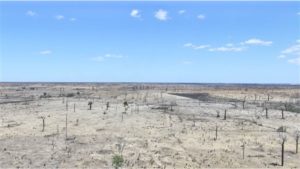
It is a fact that an emigrant population, forced to abandon traditional production systems in order to survive, migrates massively to the North.
Even when reduced to a regional scale, the study of climatic migration is a vast and complex object of inquiry that requires a variety of approaches.
In particular, the analysis of the consequences of drought periods on ecosystems - for example, the development of pests - and production systems in southern Madagascar deserves further investigation.
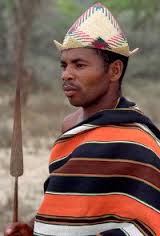
The first accurate studies of migrations began only after the French conquest. They highlight migrations caused by the expansion of the Merina people, but also those triggered and sustained by European colonization with the creation of security, new labor needs, and improved trans-regional communications.
Now we are witnessing a survival migration of ethnic groups from southern Madagascar who are leaving their ancestral lands because climate change and persistent drought make survival impossible.
The Antandroy people share this very dry area with the Mahafaly people and practice very few food crops (cassava, sweet potatoes, corn...) due to the lack of water.

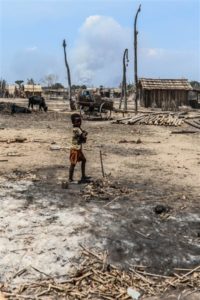


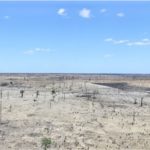
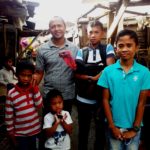
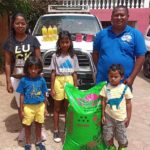
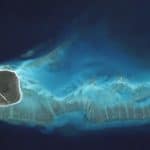
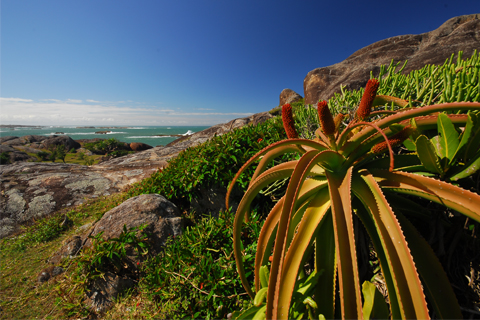
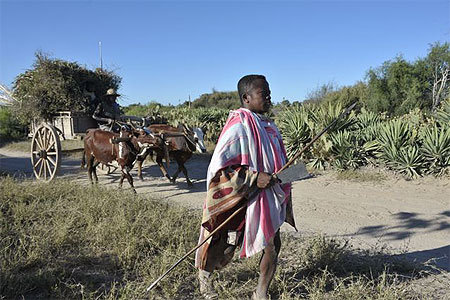
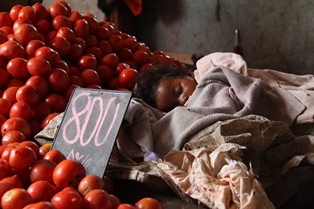
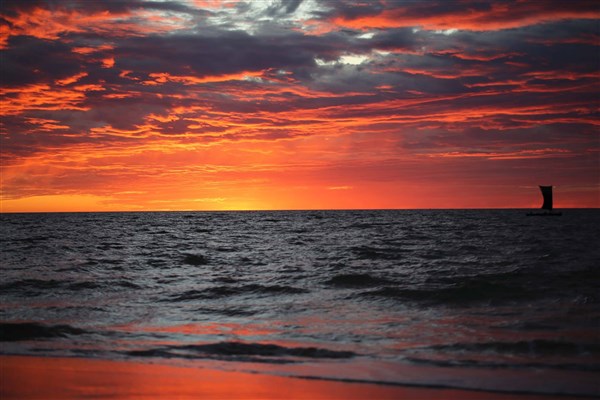
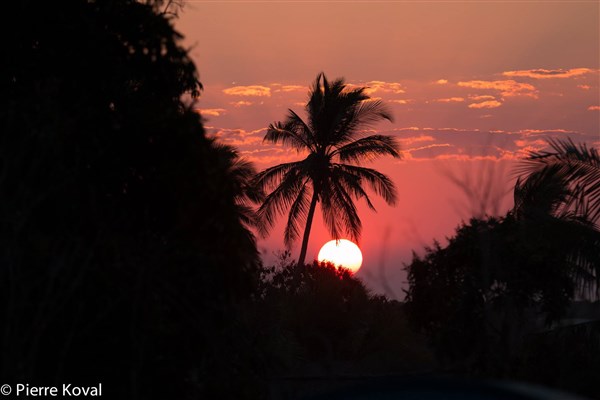
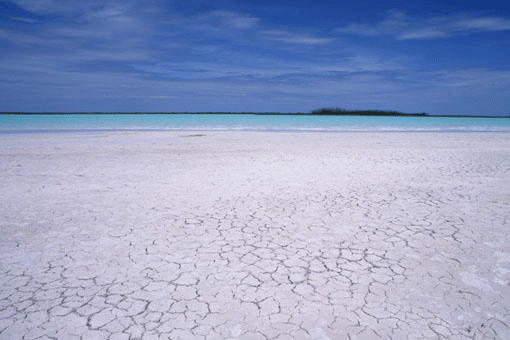




 Villa Sibylle Antananarivo (Madagascar)
Villa Sibylle Antananarivo (Madagascar)

